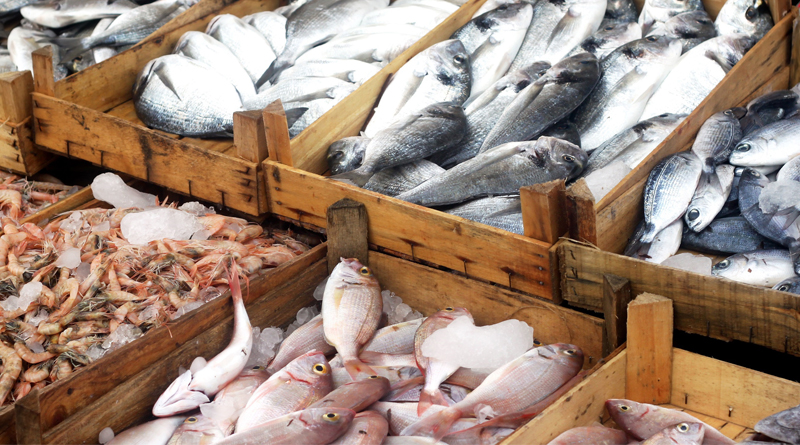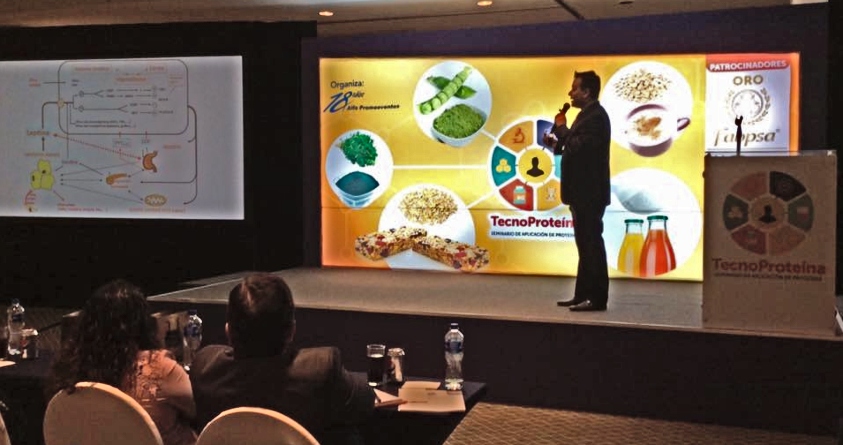Complex supply chains, heavy processing and continual supply and demand issues make seafood the ideal target for food fraud, but innovations in molecular biology, along with other tried and true detection and deterrent methods could reduce the risk and prevalence of adulteration in the segment, according to an industry expert.
“Each year over 100 million tons of fish are eaten across the world,” and approximately 2.5 million people rely on seafood for 20% of their diet, making fish the largest traded food commodity in the world worth $400 billion annual at the point of sale, according to Chris Elliott, founder of The Institute for Global Food Security and pro-vice chancellor for faculty of medicine, health and life sciences at Queen’s University in Belfast.
Once processing and other added value aspects of the seafood industry are factored in, “the true value of the world’s supply of seafood could easily be double or triple that” – making it a lucrative and tempting segment for economically motivated adulteration, he added.
For those so inclined to act on that temptation, there are opportunities up and down the supply chain, the incredible complexity of which appears to offer the perfect cover for nefarious activities, Elliott acknowledged. However, he added, quickly developing technology is making it increasingly difficult to get away with adulterating seafood and could hold the solution to a safer supply in the near future.
One such technology is molecular biology, which Elliott notes “has been one of the most widely and fundamentally used tools” to detect adulteration in seafood, but thanks to advancements over the past few years can now help detect and deter other types of fraud.
Uncovering species substitution
At its most basic level, molecular biology allows researchers, suppliers and manufacturers to verify if a species of seafood is what it is claimed to be by testing a sample of its DNA, he said.
“You can see a DNA finger print, so each line is a different species of fish and each will have a slightly different fingerprint, and you can match those patterns of lines against what is known for a particular type of species,” and in less than six hours stakeholders will know if seafood has been compromised, Elliott said.
This tool is particularly useful at identifying adulteration done by species substitution, which is virtually impossible to detect based on just the appearance of a higher and lower quality of fish, he said.
Fighting species adulteration
It also can help untangle species adulteration, which is when other types of fish are blended to increase the economic advantages of fish, he said.
“This type of fraud becomes more complicated because not only do you have to measure the DNA that is present, you have to be able to quantitatively measure the amount of DNA that is present of each species,” but innovations in molecular spectroscopy are speeding solutions to this challenge, Elliot said.
The technology also can detect when non-seafood substances are added to fish or shellfish to make them appear plumper or increase their bulk so that they can sell at a higher price, he said.
As the technology evolves, it is becoming more portable so that molecular spectroscopy platforms can now be carried to and used at processing plants, allowing inspectors to identify another type of fraud – undeclared product extension – more easily, Elliott said.
He explained that undeclared product extension is a technique used to make a unit of fish appear heavier, either through water retention or other solutions injected into the fish. Previously, this was uncovered by measuring the dry weight of fish to see if it aligns with the particular species. In addition, inspectors can look for phosphates, which should not be present in fish but are in water retention elements.
Molecular spectroscopy cameras, however, can quickly capture images of different fish and separate them out based on their different spectral strands so that inspectors know within seconds and without the fish being processed if it is adulterated.
Detecting the true origin of seafood
Molecular biology also can help instances of fishery substitution, or when product from a fishery with a bad reputation is put forth as product from a fishery from a good reputation, Elliott said.
For example, he explained that North Sea cod is sometimes substitute for Icelandic cod, which has a better reputation for sustainability, so it may be easier to sell.
Traditionally, this type of fraud is uncovered through auditing of records to see where a particular fish came from, but given the many ways that there are to cheat the auditing system, a more reliable option is to test seafood’s “population genetics,” Elliott said. He explained that fish from different locations of slightly different genetic makeups – even if they are the same species, and this can be detected using molecular profiling.
Another option is isotopic mapping, which analyzes the amount of carbon, hydrogen, oxygen, sulfur and nitrogen, all of which vary based on where a fish originated, he said.
Similarly, he said, emerging blockchain technology can be used to more carefully identify, track and trace each place seafood has been.
Ethically adulterated seafood
Metabolic finger printing can even be used to identify instances of “ethically motivated adulteration,” but it is more limited, Elliott said.
He explained that metabolic fingering printing can distinguish between fish caught using different methods, such as trollers or line and pole, that latter for which consumers often are willing to pay more.
However, when it comes to distinguishing if fish is caught under size or from unlicensed fishers, metabolic technology falls short. Instead, Elliott said, industry must rely on radar, which can track where boats are, how long they stay in one place and where they land their catch.
Metabolic technology also cannot currently help with the “scourge” of modern day slavery used to harvest seafood, Elliott said. However, he noted, that he is exploring if science can help detect and deter this type of fraud. Until then, a better bet might be the use of blockchain technology.
The last “sin of seafood” that Elliott says molecular fingerprinting tools soon could help address are poor animal welfare conditions, which he says are a problem with some farmed fish.
“Farmed fish has a number of issues, one of which is stocking densities, how fish are slaughtered, how they are transported,” all of which likely would impact the quality of seafood and therefore be detectable via molecular finger printing tools, Elliott said, adding that this a “challenge going forward” for researchers to address.
Source: Food Navigator








